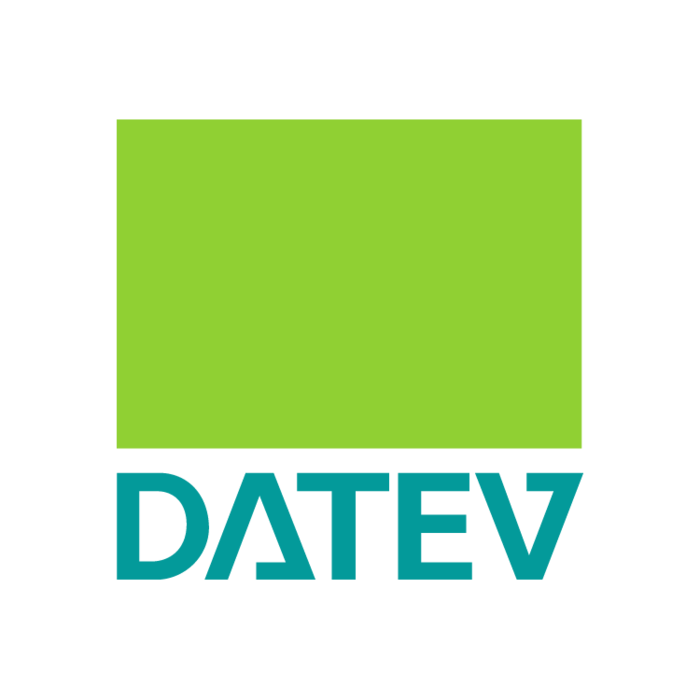
- Success Story
AI@DATEV: MHP as AI enabler for the software pioneer
This is how MHP creates long-term structures for sustainable value creation.
MHP as AI enabler for the software pioneer
From the initial use case to a company-wide AI program rollout
Companies can achieve operating cost savings of up to 20% by using artificial intelligence. It’s no surprise, then, that organizations around the world are investing heavily in this pioneering technology. According to a recent McKinsey study, an impressive 92% of companies plan to make such investments in the coming years.
Artificial intelligence can be a powerful efficiency booster – that much is clear. The key question is: how? How can companies use this technology to generate real added value? After all, not everything that’s technologically feasible is also economically viable. It’s crucial to find the sweet spot between technology and strategy, between cost and return.
AI enablement for one of Germany’s largest software companies
This was precisely the challenge facing DATEV, the Nuremberg-based company specializing in software solutions for tax consultancies and auditors. As one of Germany’s largest software providers, DATEV offers products for financial accounting, bookkeeping, payroll processing, business analytics, and many other application areas.
DATEV decided to take a strategic approach to implementing artificial intelligence – both to secure its future competitiveness and to demonstrate innovation leadership internally and externally. At the same time, it aimed to establish a scalable foundation for long-term value creation.
The scope and ambition of the project were substantial. The first step was to identify and derive AI use cases across the company. The second was to implement these use cases while building sustainable structures. The goal was to create a structural framework that would make identifying and implementing AI use cases at DATEV a routine process – through clear strategic guidelines and operational implementation processes across all departments. In short: Our mission was to anchor AI as a long-term value driver in DATEV’s corporate structure.
Value-adding AI applications
In many technology-driven innovation projects, solutions are often developed for perceived problems without consulting the people affected — the employees themselves. To avoid this, our team began with a detailed stakeholder and needs analysis, taking into account both internal and external target groups.
Based on these insights, we brought together representatives from various specialist areas for a joint ideation workshop. Participants were first asked to validate and prioritize the identified optimization areas from a customer or user perspective and to suggest initial solutions without focusing on technical feasibility.
Only after defining and prioritizing problems and potential solutions did we examine which of them could be implemented using AI. This ensured that AI served as a means to a specific end — not an end in itself. By the end of the ideation workshop, it was clear that the greatest potential lay in integrating a new AI feature to make DATEV’s software easier for customers to use. The idea for “Tax AI” was born.
The refinement: from idea to proof of concept (PoC)
The journey from idea to finished application began with a precise definition of the feature’s objectives, scope, and technical specifications. Our team brought together representatives from the relevant DATEV departments, MHP AI experts, and stakeholders from the customer’s IT department for a requirements workshop.
Critical aspects – such as data needs, required interfaces, and user interaction – were jointly discussed and documented in a structured PoC template. From that point onward, this template served as the single source of truth for development and became the blueprint for Tax AI.
The development: a team effort by MHP AI experts and DATEV developers
During development, we leveraged the synergy of close collaboration between our AI experts and DATEV’s developers. This cooperation pursued not only the creation of the Tax AI PoC but also an additional goal: enabling DATEV’s developers to learn from our AI specialists and become capable of independently developing AI use cases in the future.
More than just a PoC: the Tax AI success story
Developing the Tax AI PoC took just six weeks. Designed as a new feature for DATEV’s software, Tax AI simplifies everyday work for tax consultants during income tax checks. The feature automatically reads attached documents, classifies them, and transfers all relevant information into the DATEV software — fully automatically.
This not only saves users hours of manual work but also significantly reduces errors associated with repetitive tasks.
From the first use case to a scalable value creation process
The global rollout of Tax AI just 12 months after the PoC’s completion marked a major milestone for both DATEV and MHP. Yet, what we achieved together goes far beyond developing a single AI feature.
Together with DATEV’s management, our experts created a framework for the sustainable, value-generating use of AI within the company. Every process step, every workshop, every piece of documentation on the road to Tax AI was deliberately designed by our MHP team as a blueprint for future use cases.
In close cooperation with DATEV, we established clear development lifecycle processes, defined roles, and set up quality management procedures.
Today, DATEV has a flexible, scalable structure for identifying and implementing value-adding AI applications. This process is now managed by a specialized AI department within DATEV.





![[Translate to English:] [Translate to English:]](/fileadmin/_processed_/8/c/csm_MHP_Artificial-Intelligence_88ba0c6f11.jpg)